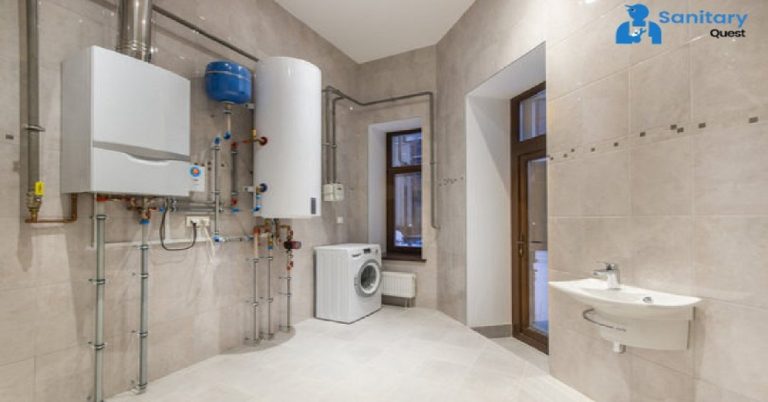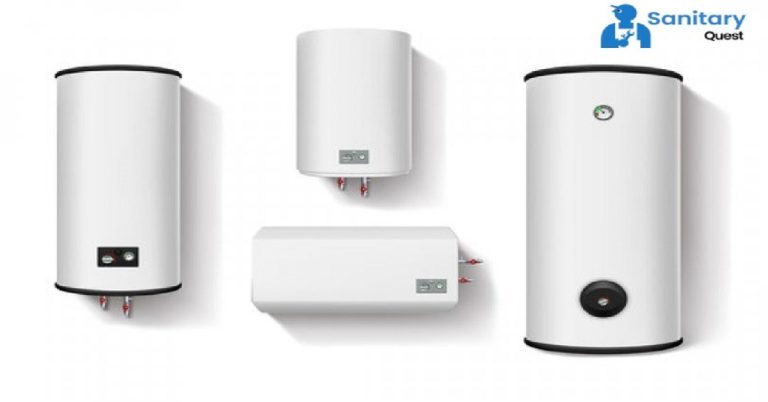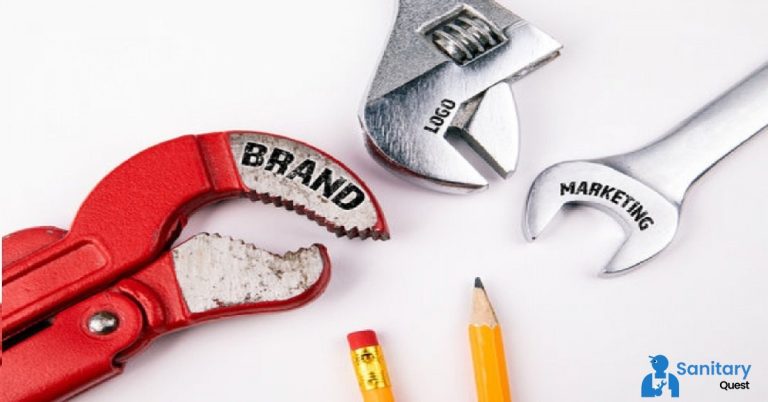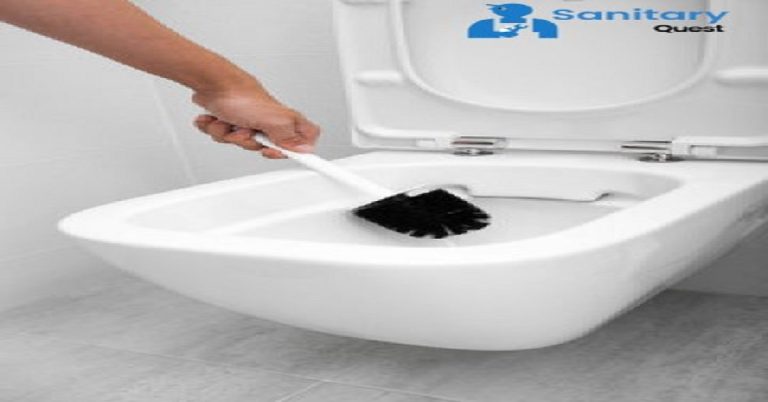Home Accessibility Upgrades with Style
Home accessibility combines form and function and is suitable for people of all abilities. These enhancements can be found throughout the residence.
Home Accessibility in the Kitchen
One of the most important rooms in the home accessibility is the kitchen, which seems to be able to solve even the most complicated problems. High sinks and cupboards can be far away for seniors, and squeezed spaces or sharp corners can be difficult to move. Versatility has an effect.
Open kitchen updates can give the impression of being one-of-a-kind and reliant on the needs of the individual. Upgrades that can make your kitchen more open without compromising style can include:
- Touch-activated faucets: The installation of contemporary, versatile touch-activated faucets can offer streamlined designs while still being practical and functional for individuals who may have impaired grips. Touch-activated faucets can be used by people who are able to use their fingers rather than their hands. Simply touching the surface of the faucet is all that is required to turn on these fixtures.
- Multi-level counters: Multi-level counters can give a distinctive and unique look to your kitchen while being accessible for people with different height needs.
- Cabinets that have pull-out drawers Pull-out drawers not only make for an aesthetically pleasing addition to your kitchen but also help with organization and eliminate the need to stoop or stretch in order to get to the contents of the cabinet.
- People who use mobility assistance may find it easier to approach the sink in a kitchen with a freestanding sink since there is more room under the sink. These sinks can also lend an air of sophistication and contemporary style to your cooking space.
- You can increase visibility in the kitchen by installing additional lighting and modifying the existing fixtures to suit your personal preferences.
Bathroom
The bathroom is yet another essential part of the home Accessibility that sees frequent use and is significant in its own right. Independence in the restroom can be especially important for elderly people and people with disabilities; the adjustments listed below may assist individuals in maintaining their independence:
- Increasing the size of your bathroom to accommodate a larger turning radius: Any space can feel more open and bright when it has an open floor plan, which is a feature that is especially helpful for persons who rely on mobility aids.
- Curbless showers can make your bathroom appear more open and contemporary, in addition to lowering the risk of falling. Curbless showers can also lessen the risk of falling.
- Installation of a bidet: People who have trouble moving around may benefit from using bidets to help them stay clean. They are able to adapt to any kind of bathroom because they are available in a variety of designs, such as porcelain and chrome.
- Introducing a latrine of an alternate size, for example, one that is taller or more limited, can make the restroom more open to individuals whose level prerequisites differ. There are a few occurrences where you might have the variety, handle, or latrine seat modified to mirror your inclinations.
- Vanity sinks that are not connected to a vanity. In addition to the fact that sinks are that are unsupported a blessing for development in the washroom, they may likewise assist with making a more present-day and consistent climate in the area. This is on the grounds that they needn’t bother with what’s currently on the market. Hand-held showerheads, toilet guard rails, and adhesives that prevent slipping are a few examples of the kinds of items that fall into this category.
Home Office
The Americans with Disabilities Act says that working-from-home accessibility is a reasonable work accommodation for people with disabilities. The Americans with Disabilities Act says that working-from-home Accessibility is a reasonable accommodation for people with disabilities. As a result of the shifts that have taken place in the corporate world over the past year, the number of people working from home accessibility has skyrocketed. Because of these two realities, the home office space is another location where it is necessary to have accessories that are accessible.
People who have problems with their eyesight may benefit from using assistive technology such as readers that convert text to speech. These are just a few examples of how accessibility in a home office can take many forms.
As a general rule, you should be able to locate assistive technology or supplies that can be modified to suit your needs. There are a large number of non-profit organizations that either offer financial assistance for the purchase of assistive technology or directly provide the client with the technology and any necessary accessories at a cost that is minimal to nonexistent.
Walkways and Doorways
The Americans with Disabilities Act says that working-from-home Accessibility is a reasonable accommodation for people with disabilities. It cannot be changed. Implementing these enhancements won’t necessitate significant alterations to the building’s existing design. The following tips could come in handy if you live in a shared home accessibility or apartment:
- It is possible to make the door openings larger without changing the door frame by using offset hinges. simple to obtain and can be found in a variety of metal finishes or polished to the point where they are barely visible to the naked eye.
- Barn doors or glass sliding doors, for example, can be a one-of-a-kind architectural element for your home’s interior or exterior. Sliding barn doors and sliding glass doors are two types of sliding entrances. They may have lower lip heights, making it easier for those using walkers or wheelchairs to access the contents, and they may be easier to open for those with limited hand strength.
- Cracks in outdoor pathways should be patched up as quickly as possible since they put those who are elderly or otherwise dependent on another person’s aid in moving around at risk of falling. Repairing these cracks, or requesting that your landlord repair them, can significantly reduce the risk of falling and provide a path that is more aesthetically pleasant to walk along.
- Eliminate the clutter: The simplest method to make certain areas more accessible is to eliminate the junk that has accumulated in doorways and walkways. In this way, they are easier to maneuver for persons who have mobility difficulties, and they create the impression that your home accessibility is more ordered and tidy.
It is very important to remember that landlords also have responsibilities that must be met for the ADA to be followed. The Americans with Disabilities Act (ADA) says that if a disabled person will be using their home accessibility or common areas, they must make reasonable changes to those places. To rephrase, they must provide suitable adjustments for those who need them.
Flooring
Some types of flooring may make it hard for people who need to move around the room quickly to do so. High-pile or shag carpeting, as well as thick rugs, may make it more difficult to move around with a wheelchair or other mobility aid. Hardwood or vinyl flooring might be easier to walk on and keep its smooth surface longer.
An effective approach to including this beautiful element in your home accessibility without sacrificing safety is to place self-adhesive floor stickers on the bottom of carpets. Low-pile carpet is a good choice for people who use wheelchairs or walkers but value the carpet’s comforting qualities, as it reduces the possibility of tripping and the number of obstacles in their path. Low-pile carpet is a great choice for people who need help getting around but still want the comfort of carpet.
Colors and Upholstery
Colors, textures, and furnishings are only some of the design elements that can be used to increase a room’s accessibility. Designers can make spaces more accessible for people with visual or sensory impairments by using some textures and colors and avoiding others. Incorporating the right colors and textures will help you achieve your goals.
Things with different rough textures are good examples of things that a blind person might like because they let the blind person feel the differences between things. If you know someone who is colorblind, it may also be wise to avoid using colors they cannot perceive. This ensures that they won’t feel like they’re being excluded from the event or the location.
Lighting
There are many people who are overly or underly sensitive to light, which might make them more or less noticeable, respectively. This is why good lighting is so crucial to inclusive layouts. Having well-lit pathways outside can make it safer for elderly people to move about after dark and extend the time they can spend enjoying their outdoor environment.
In comparison to fluorescent or other sharply chilly lights, which can trigger or exacerbate headaches, incandescent lights, which are on the warmer end of the spectrum, may be gentler on migraine sufferers’ heads. You can adjust the intensity and hue of your bulbs to suit your personal style when it comes to your lighting fixtures. Changing out something as simple as a light bulb or lamp cover may completely transform the look of a room.
Smart Home Tech
Assistive technology has been a game-changer for those with physical limitations. As was previously said, sinks with touch controls can be both fashionable and accessible without compromising the look or feel of your house. You don’t have to choose between form and utility in your home accessibility if you take the time to shop and individualize the pieces you bring home.
Contact the experts at Mr. Plumber if you have any questions about plumbing upgrades that can make your home accessibility more accessible. To make sure your plumbing system is in good working order, we can inspect it thoroughly and go over any necessary modifications with you.
FAQs
Q1: What are the home changes for wheelchairs?
Modifying a home for wheelchairs involves a few adjustments to make it more accessible. This can include installing ramps instead of stairs, widening doorways, creating accessible bathrooms with roll-in showers and grab bars, and adjusting the height of countertops for easy reach
Q2: How can accessibility for people with disabilities be enhanced?
Accessibility for people with disabilities can be improved in various ways. Some things to help are making ramps and elevators for easy entry, having wide doorways and halls for wheelchairs, using braille or sound signals for people who can’t see well, and having comfy chairs for everyone to use.
Q3: How can I make my structure more accessible?
Putting in ramps, lifts, or elevators to help people get in, making bigger doorways and paths for wheelchairs, adding things like braille or sounds for people who can’t see well, and having comfy chairs can help everyone get around easier.
Q4: How to plan a room for a person with disabilities?
Planning a room for someone with disabilities involves a few considerations to make it more accessible. Ensure there’s enough space for easy movement, particularly for a wheelchair if needed. Keep pathways clear and use adjustable or lower-height furniture for convenience. Install handrails or grab bars, and consider using non-slip flooring for safety.







